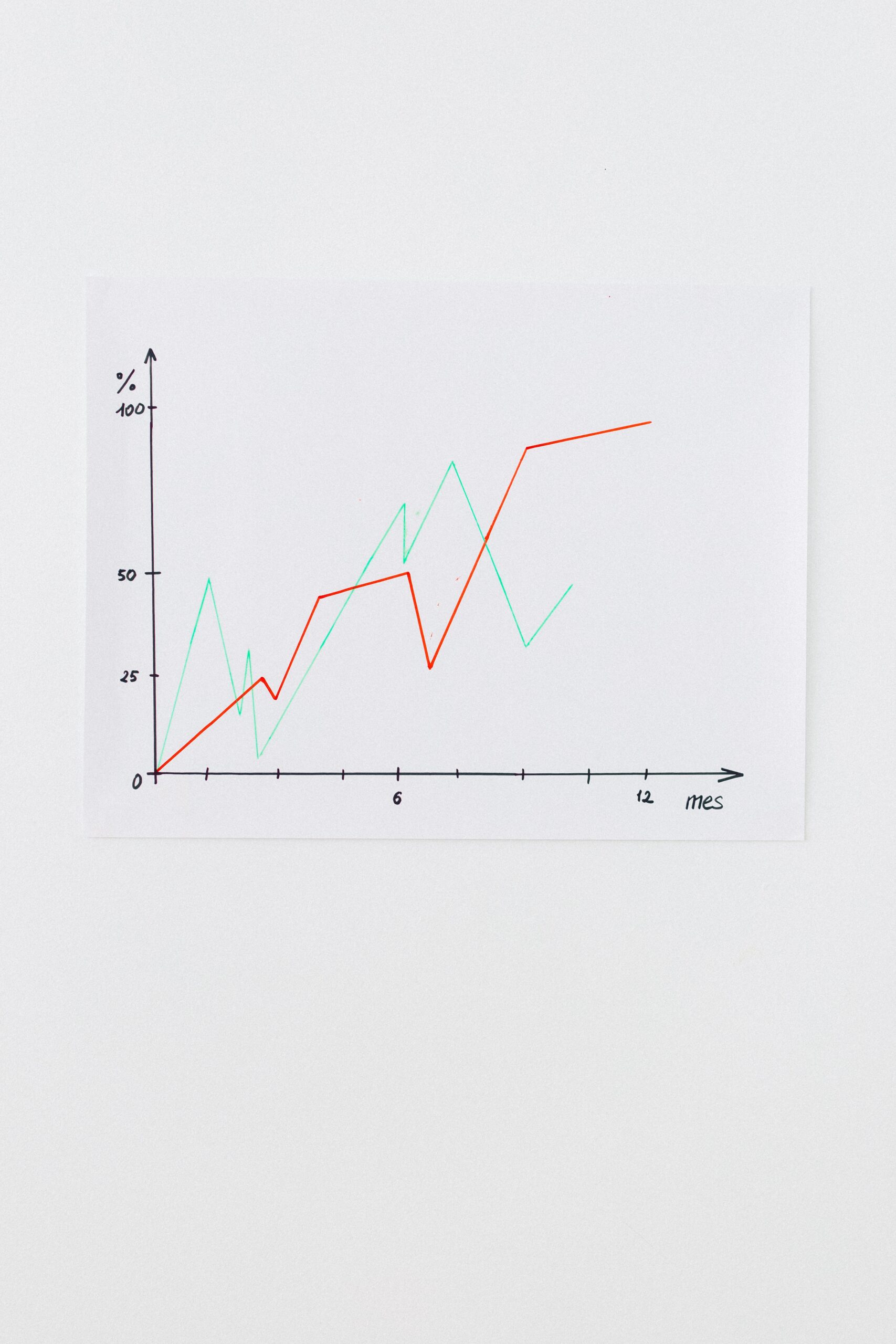Do you want to know how to measure risk? Are you unsure if what you are doing is right? Keep reading to learn how a drawdown informs investors of the risk related to a particular stock or strategy.
What is a Drawdown?
A drawdown is a measurement of the peak-to-trough decline of an investment, portfolio, or asset over a specific period of time.
Another way of looking at it is if a stock peaks then dips, the drawdown is how much it dips before it recovers back to the peak. It is a measurement of the volatility. Unlike beta however, it is a measurement of the downward movement.
With Equities Lab, the drawdown calculation appears as a percentage alongside other measurements, such as Alpha and Beta. All three can be attributed to risk, but the drawdown emphasizes recovery after a dip.
The drawdown is different from loss because it measures the sensitivity of the stock, while loss references the price.
Lemonade Stand’s Drawdown
Keep reading for an analogy explaining drawdown.
The last update on Barney’s lemonade stand was that he was experiencing a bear market following a bull market.
For the sake of simplicity, let us assume the value of the lemonaide stand is equal to one week’s profit.
During the bull market, lemonade was selling for $6/glass and the stand was making $1,000 in weekly profit. The stand sold lemonade for $3/glass and made $300 in weekly profit during the bear market. There is a significant drop between the high during the bull market and the low during the bear market.
A heat wave hits causing prices to change. Sales shoot past $1,100.
Barney decides to calculate the drawdown, so he finds the formula:
Drawdown = (Trough Value – Peak Value)/ Peak Value
He uses the data from his lemonade stand to calculate the drawdown in earnings
| Weekly profit during the first bull market | $1,000 |
| Weekly profit during the bear market | $300 |
| Weekly profit during the second bull market | $1,100 |
He plugs the data into his formula and gets his drawdown.
Trough is $300
Peak is $1,100
Drawdown = (300 – 1,100)/1,100
Drawdown = -72%
That is a terrible drawdown score! The lemonade stand is highly sensitive to the factors around it, especially with poor management. The -72% indicates the lemonade stand declined in value by that percentage. The fact that Barney’s lemonade stand recovered is a miracle because it had to more than double in value from its trough value. Maybe Barney needs to be more careful about his business adventures.
This example demonstrates how valuable the drawdown score is and how it can articulate the volatility from a downward perspective. Not only should the percentage be taken into advantage, but also the time period with which the bounce back up occurred.
Real-Life Application
How can you find the drawdown score? Through Equities Lab, every time you backtest, a drawdown percentage appears in a table alongside other measurements such as Alpha, Beta, Returns, etc.
How can you use it? A general rule for investors is to avoid an investment with a drawdown greater than 20%, which could be considered a red flag. If it has a drawdown of 20%, it needs a return rate greater than 25% to beat the previous peak and make the investment worth it. That is a risk most investors do not want to engage in.
Takeaways
As the compilation of financial terminology accumulates, remember that each measurement is more useful than other metrics. So the drawdown percentage shows the volatility going down, Beta shows volatility to maintain returns, and Alpha demonstrates if a stock beats the market.
Just those three measurements can be a powerful source of determining if something is worth investing in.
